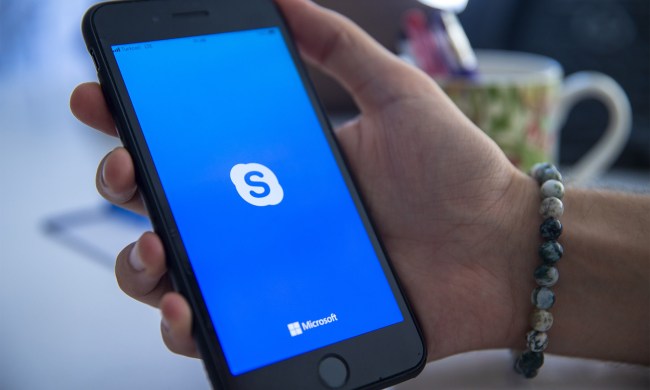
Skype for Web is aiming at an experience similar to that of the desktop app, with features such as audio and video calls, conferencing, and instant messaging.
For the time being, however, it only works with four browsers – IE, Chrome, Safari, and Firefox – and even then you’ll have to install a plug-in to make and receive calls. Thankfully, developers are working on a solution that should soon do away with the plug-in requirement.
In a post announcing the global rollout, Microsoft’s Jonathan Watson says Skype for Web is “perfect if you often use the software on your mobile but want to quickly get to your calls and IMs on a bigger screen.”
He adds that it could also be useful if “you’re sitting at a Windows or Mac computer in an Internet café or hotel that doesn’t already have Skype downloaded,” though don’t forget that at the moment you still need that pesky plug-in, a potentially problematic situation if the owners of the public computers don’t allow downloads.
Although it faces far tougher competition than it did when it launched back in 2003, Skype is still popular with users, with Microsoft stats claiming global daily use amounting to 33 million hours of voice and video calls – perhaps not surprising when you consider it has a user base in excess of 300 million people.
Since acquiring Skype for $8.5 billion in 2011, Microsoft has been steadily enhancing the service and adding new features. Another related project that’s garnered much attention in recent months is Skype Translator, which translates your conversation into another language almost instantly.
To see the full list of supported languages for Skype for Web, check out the company’s blog post here.


